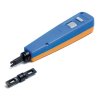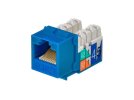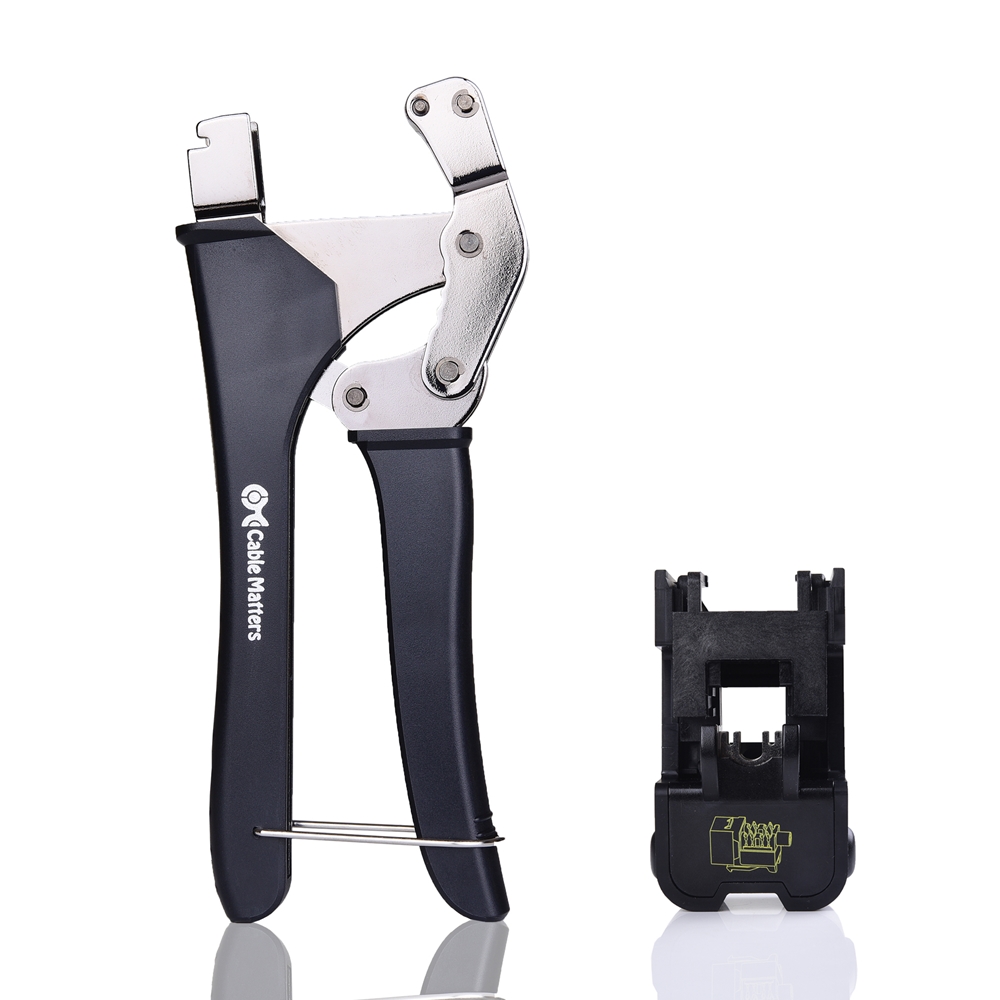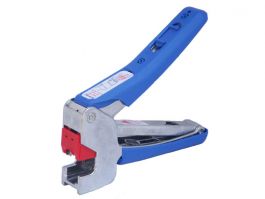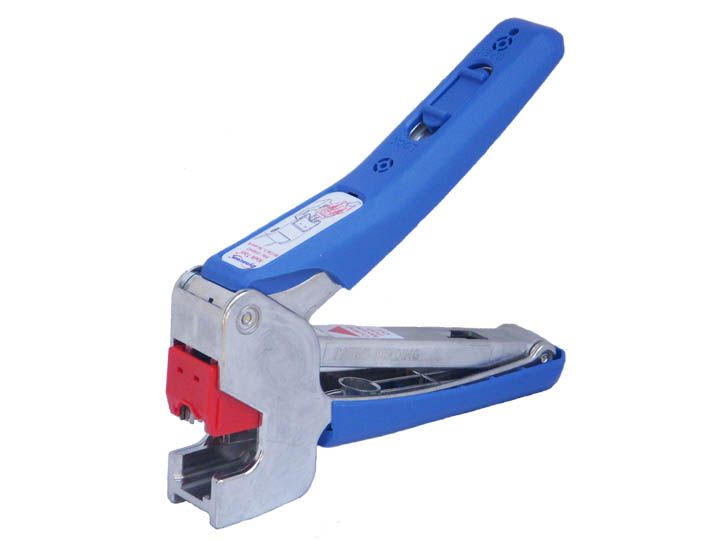Hello everyone!
I've been doing IT support and providing basic IT services to small (or shall I say, micro) businesses for around 15 years now, but as these businesses grow, their needs also grow.
I happened to have onboarded systems administration at my full time job late, when most of the stuff was already moved to cloud, so the exposure to maintaining physical cabling myself was very limited. Most of this work is now contracted to third parties. The most I did was patching, and RJ45 plugs, which I have no problem with. However I never got to do cable termination to keystones, for example.
So I decided to first build something in my own apartment, which I happened to move into at the same time I had new requests from such businesses. I bought some keystone samples, some different faceplates, with the hope of finding what I find works best and in what circumstances. And yes, I can't seem to find the ideal keystones, or else I'm overcomplicating things I mean, all keystones I did work, but the efficiency is very low.
I mean, all keystones I did work, but the efficiency is very low.
Being from Europe, I purchased some keystone samples from AliExpress and FS. I decided that FS ones were slightly better, and also had a great turnout time (2 days). Aliexpress ones snapped in my hands. Not to annoy anyone with long stories, although for some reason I felt like I need to justify this post ...
...
1. I tried toolless keystones... and I thought they are too cheap for my liking. If this worked, it would have saved me quite some time, I thought. But the latch wouldn't fully close unless it's forced with a plier (or cables terminated with a punch down tool... which defeats the purpose. Anyone tried anything similar? If yes, is it me or they are a pain to use? Or is it the brand?
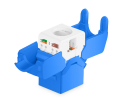
2. I then moved to the manual punch-down ones, which I did using the traditional punch down tool. Everything works but...
- since one side of the punch down tool is wide, it strains the individual wires a lot. And because there's obviously all pairs running through inside, there is no way the individual cables are punched down to the very bottom. This means that, again, the top case (similar to the one shown in the toolless keystones) is not going all the way to the bottom and it's half hanging out when installed in the patch panel / wall port.

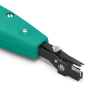
So, while all keystones I did so far worked (for how long, we'll find out by time) what I want to know from the experienced is... am I complicating things and/or doing things wrong, or did I select the wrong tools / parts?
I've been doing IT support and providing basic IT services to small (or shall I say, micro) businesses for around 15 years now, but as these businesses grow, their needs also grow.
I happened to have onboarded systems administration at my full time job late, when most of the stuff was already moved to cloud, so the exposure to maintaining physical cabling myself was very limited. Most of this work is now contracted to third parties. The most I did was patching, and RJ45 plugs, which I have no problem with. However I never got to do cable termination to keystones, for example.
So I decided to first build something in my own apartment, which I happened to move into at the same time I had new requests from such businesses. I bought some keystone samples, some different faceplates, with the hope of finding what I find works best and in what circumstances. And yes, I can't seem to find the ideal keystones, or else I'm overcomplicating things
Being from Europe, I purchased some keystone samples from AliExpress and FS. I decided that FS ones were slightly better, and also had a great turnout time (2 days). Aliexpress ones snapped in my hands. Not to annoy anyone with long stories, although for some reason I felt like I need to justify this post
1. I tried toolless keystones... and I thought they are too cheap for my liking. If this worked, it would have saved me quite some time, I thought. But the latch wouldn't fully close unless it's forced with a plier (or cables terminated with a punch down tool... which defeats the purpose. Anyone tried anything similar? If yes, is it me or they are a pain to use? Or is it the brand?

2. I then moved to the manual punch-down ones, which I did using the traditional punch down tool. Everything works but...
- since one side of the punch down tool is wide, it strains the individual wires a lot. And because there's obviously all pairs running through inside, there is no way the individual cables are punched down to the very bottom. This means that, again, the top case (similar to the one shown in the toolless keystones) is not going all the way to the bottom and it's half hanging out when installed in the patch panel / wall port.


So, while all keystones I did so far worked (for how long, we'll find out by time) what I want to know from the experienced is... am I complicating things and/or doing things wrong, or did I select the wrong tools / parts?

